Are you a vegetarian trying to maintain a low-carb lifestyle without compromising on flavor or nutrition? The good news is that it’s possible! With the right choices, you can enjoy a diet that’s both satisfying and balanced. This guide will walk you through the best low carb foods for vegetarians, meal ideas, and tips to make your journey easier.
Understanding Low-Carb Diets for Vegetarians
What is a Low-Carb Diet?
A low-carb diet emphasizes foods that are low in carbohydrates while promoting proteins and healthy fats. It’s commonly associated with benefits like: (1)
- Improved blood sugar control.
- Enhanced energy levels.
- Support for weight management.
For vegetarians, this approach can be particularly beneficial when balanced properly.
Common Myths About Low-Carb Vegetarian Diets
You may have heard that vegetarians can’t thrive on a low-carb diet. That’s simply not true! Here’s why:
- Myth: You’ll lack energy without carbs.
- Reality: Foods like tofu, nuts, and seeds provide plenty of energy.
- Myth: It’s impossible to meet protein needs.
- Reality: There are countless plant-based, protein-packed options.
Benefits of Low-Carb Foods for Vegetarians
Adopting a low-carb diet can lead to: (2)
- Steady energy throughout the day.
- Improved digestion with fiber-rich veggies.
- Easier weight maintenance.
Top Low-Carb Foods for Vegetarians
When adopting a low-carb diet as a vegetarian, it’s essential to focus on nutrient-dense, protein-packed, and versatile foods. Below, we’ll explore the best options categorized for ease of understanding and practical use. Each of these foods not only aligns with a low-carb vegetarian diet but also supports your overall health and energy levels.
High-Protein, Low-Carb Foods
Protein is a cornerstone of any low-carb diet, especially for vegetarians who rely on plant-based sources. These options ensure you meet your protein needs while keeping carb counts low:
1. Tofu and Tempeh
- Tofu: Made from soybeans, tofu is a protein powerhouse and contains only 2 grams of carbs per serving. It absorbs flavors like a sponge, making it perfect for stir-fries, curries, or grilled dishes.
- Tempeh: A fermented soybean product, tempeh is slightly firmer than tofu and has a nutty flavor. It provides about 15 grams of protein and only 4 grams of carbs per serving. Use it in sandwiches, tacos, or sautéed with vegetables.
Why They’re Great:
- Rich in essential amino acids.
- Low-carb and versatile for savory dishes.
2. Seitan (Wheat Gluten)
Seitan, often referred to as “vegetarian meat,” is an excellent low-carb, high-protein food. Made from wheat gluten, it boasts a whopping 21 grams of protein per serving and only 2 grams of carbs.
Uses:
- Add to stir-fries for a meat-like texture.
- Slice thinly for vegetarian deli sandwiches.
- Grill it as kebabs for a low-carb BBQ option.
3. Edamame (Soybeans)
Edamame, or immature soybeans, are an excellent snack or addition to salads. A half-cup serving contains about 8 grams of protein and only 6 grams of net carbs.
Preparation Tips:
- Steam and sprinkle with sea salt for a quick snack.
- Toss them into low-carb noodle bowls or salads for added texture and protein.
Low-Carb Vegetables
Vegetables are the backbone of any low-carb vegetarian diet. They provide essential vitamins, minerals, and fiber while keeping carbohydrate levels in check.
1. Leafy Greens
- Spinach: Rich in iron and calcium, with only 1 gram of carbs per serving.
- Kale: Packed with antioxidants and perfect for salads, soups, or chips.
- Lettuce: A low-calorie and low-carb base for wraps and salads.
Pro Tip: Swap tortillas with large lettuce leaves for wraps to reduce carb intake while keeping meals satisfying.
2. Cruciferous Vegetables
- Broccoli: With just 4 grams of net carbs per cup, broccoli is a staple for low-carb vegetarians.
- Cauliflower: A superstar for low-carb swaps like mashed cauliflower, rice, or even pizza crusts.
- Brussels Sprouts: Slightly higher in carbs but still a great choice when roasted or sautéed.
3. Zucchini and Eggplant
- Zucchini: Spiralize it into noodles, layer it in lasagna, or enjoy it grilled. With only 3 grams of carbs per cup, zucchini is endlessly versatile.
- Eggplant: Perfect for grilling, baking, or using in casseroles, eggplant is a low-carb gem with just 6 grams of carbs per cup.
Dairy-Based Low-Carb Foods
For vegetarians who include dairy in their diets, these options provide excellent protein and minimal carbs:
1. Greek Yogurt
Plain Greek yogurt is a high-protein, low-carb option that’s perfect for breakfast or snacks. A single-serving cup contains about 10 grams of protein and only 4 grams of carbs.
Ideas for Use:
- Mix with chia seeds and berries for a healthy, filling snack.
- Use as a base for low-carb dips or salad dressings.
2. Cottage Cheese
Cottage cheese is rich in casein protein and a great low-carb option. Half a cup contains about 12 grams of protein and only 3 grams of carbs.
Pro Tip: Top with nuts or seeds for added crunch and healthy fats.
3. Hard Cheeses
Hard cheeses like cheddar, gouda, and parmesan are naturally low in carbs and high in flavor. A 1-ounce serving typically contains less than 1 gram of carbs and about 7 grams of protein.
Nuts, Seeds, and Legumes
1. Chia Seeds
Tiny but mighty, chia seeds are a low-carb superfood. Two tablespoons contain 5 grams of protein, 10 grams of fiber, and just 2 grams of net carbs.
Ideas for Use:
- Make chia pudding with almond milk.
- Sprinkle them over smoothies or yogurt.
2. Almonds and Walnuts
Almonds and walnuts are great snacks that provide healthy fats and protein with minimal carbs. One ounce of almonds contains 6 grams of protein and only 2 grams of net carbs.
Tip: Opt for raw or dry-roasted nuts to avoid added oils and sugars.
3. Lentils and Chickpeas (In Moderation)
While lentils and chickpeas are higher in carbs compared to other foods on this list, they are nutrient-dense and can be enjoyed in moderation.
Uncommon Low-Carb Foods
1. Mycoprotein (Quorn)
Quorn is a fungi-based protein source that’s low in carbs and high in protein. It’s ideal for vegetarians looking to diversify their protein options.
2. Spirulina and Seaweed
- Spirulina: This algae-based food is nutrient-dense and contains 4 grams of protein per tablespoon with negligible carbs.
- Seaweed: Perfect for making wraps or snacks, seaweed adds a unique flavor and nutrients with almost no carbs.
Why These Foods Work for Low-Carb Vegetarians
Each of these foods offers:
- High protein: Essential for muscle repair and energy.
- Low carb content: Keeps you within your dietary goals.
- Versatility: Perfect for creating varied and satisfying meals.
By including these low-carb foods for vegetarians, you can enjoy meals that are flavorful, nutritious, and aligned with your health goals. Experiment with recipes, try new combinations, and discover how exciting low-carb eating can be!
Creating Balanced Low-Carb Vegetarian Meals
Eating a low-carb vegetarian diet doesn’t mean sacrificing balance or variety. In fact, with a little planning, you can create nutrient-rich meals that are satisfying, delicious, and aligned with your health goals. Here’s a detailed guide to building well-rounded meals that fit seamlessly into a low-carb vegetarian lifestyle.
Principles of Meal Planning
Crafting balanced meals on a low-carb vegetarian diet starts with understanding macronutrient proportions and nutrient density. Here are some key principles to guide you:
Prioritize Protein
Protein is the foundation of any low-carb meal. As a vegetarian, focus on plant-based protein sources such as:
- Tofu, tempeh, and seitan.
- Dairy products like Greek yogurt, cottage cheese, and hard cheeses.
- Nuts, seeds, and their derivatives (e.g., nut butter, tahini).
Tip: Combining multiple protein sources can ensure you get all essential amino acids, especially on a vegan diet.
Fill Up on Low-Carb Vegetables
Vegetables are your best friend when building a low-carb vegetarian plate. They’re rich in fiber, vitamins, and minerals while being naturally low in carbohydrates.
- Leafy greens (spinach, kale, lettuce).
- Cruciferous vegetables (broccoli, cauliflower, Brussels sprouts).
- Water-rich vegetables (zucchini, cucumber, bell peppers).
Aim to fill at least half your plate with these colorful veggies to keep meals satisfying and nutrient-packed.
Incorporate Healthy Fats
Healthy fats are critical for energy and satiety, especially on a low-carb diet. Add fats strategically using:
- Avocados and olives.
- Nuts and seeds (chia, flax, hemp).
- Oils like extra virgin olive oil, coconut oil, or avocado oil.
Pro Tip: To enhance flavor and nutrition, drizzle olive oil over roasted vegetables or use tahini as a dressing for salads.
Watch Out for Hidden Carbs
Certain processed vegetarian foods and sauces can sneak in extra carbs. Avoid:
- Sweetened plant-based yogurts.
- Flavored nuts or nut butter with added sugars.
- Pre-made dressings and marinades containing honey or other sweeteners.
Always read labels and opt for whole, unprocessed foods whenever possible.
Building a Balanced Low-Carb Vegetarian Plate
Here’s a step-by-step approach to constructing a well-rounded low-carb vegetarian meal:
Step 1: Start with a Protein Base
Choose a protein-rich ingredient as your primary component. For example:
- Tofu Stir-Fry: Begin with firm tofu cubes as the base.
- Zucchini Lasagna: Layer zucchini slices with cottage cheese or ricotta.
Step 2: Add Non-Starchy Vegetables
Pile on veggies that are naturally low in carbs but high in nutrients. Examples include:
- Adding roasted cauliflower and broccoli to your plate.
- Sautéing spinach and mushrooms as a flavorful side dish.
Step 3: Add Healthy Fats
Finish the dish with a source of healthy fat to boost satiety and flavor. For instance:
- Top your salad with sliced avocado or a sprinkle of hemp seeds.
- Add a dollop of full-fat Greek yogurt to your soup.
Step 4: Spice It Up
Spices and herbs elevate your meals without adding carbs. Try:
- Turmeric, paprika, cumin, or chili flakes for bold flavors.
- Fresh herbs like basil, cilantro, or parsley for a refreshing finish.
Sample Low-Carb Vegetarian Meal Ideas
Breakfast: Chia Seed Pudding
- Ingredients: Chia seeds, unsweetened almond milk, vanilla extract, and a handful of berries.
- Why It Works: Chia seeds are loaded with fiber, omega-3s, and protein, while almond milk keeps the carb count low.
Lunch: Tofu Stir-Fry
- Ingredients: Tofu, broccoli, bell peppers, and coconut aminos (a low-carb soy sauce alternative).
- Why It Works: Tofu provides protein, while the veggies add essential vitamins and fiber.
Dinner: Zucchini Noodles with Pesto
- Ingredients: Spiralized zucchini, homemade basil pesto, cherry tomatoes, and parmesan cheese.
- Why It Works: Zucchini noodles are a fantastic low-carb substitute for traditional pasta, and the pesto adds healthy fats.
Snack: Greek Yogurt with Nuts
- Ingredients: Unsweetened Greek yogurt, sliced almonds, and a dash of cinnamon.
- Why It Works: This snack is high in protein and fat, making it perfect for curbing hunger between meals.
Quick Recipes for Busy Days
Cauliflower Rice Bowl
- Sauté cauliflower rice with spinach, garlic, and olive oil.
- Add grilled tempeh or seitan for protein.
- Top with avocado slices and a drizzle of tahini.
Veggie Lettuce Wraps
- Use large lettuce leaves as the “wraps.”
- Fill with a mixture of shredded carrots, diced tofu, and spicy peanut sauce.
- Serve with a side of cucumber slices for crunch.
High-Protein Smoothie
- Blend unsweetened almond milk, spinach, chia seeds, and a scoop of low-carb vegetarian protein powder.
- Add a few ice cubes for a refreshing drink on the go.
Advanced Tips for Balancing Low-Carb Meals
Prep in Advance
Batch cooking is a lifesaver for maintaining a low-carb vegetarian diet. Some ideas include:
- Cooking large batches of roasted vegetables and storing them for the week.
- Preparing portions of tofu, tempeh, or hard-boiled eggs for quick meals.
Use Smart Substitutions
Substituting high-carb ingredients with low-carb alternatives is key:
- Swap traditional rice with cauliflower rice.
- Replace potato fries with baked zucchini fries.
- Use portobello mushrooms as a low-carb burger bun.
Experiment with New Ingredients
Low-carb vegetarian cooking is more exciting when you try new foods like:
- Mycoprotein: Use it in curries or as meatballs.
- Spirulina: Add this nutrient-packed algae powder to smoothies or energy bars.
Why Balance Matters
Balancing low-carb vegetarian meals ensures that your body receives essential nutrients without unnecessary carbs. It also prevents common pitfalls like fatigue or nutrient deficiencies. By thoughtfully combining protein, vegetables, and fats, you can enjoy meals that are both delicious and perfectly aligned with your dietary goals.
Challenges and Solutions
Transitioning to a low-carb vegetarian diet is an empowering choice, but it’s not without its hurdles. From maintaining proper nutrition to battling food monotony, there are challenges that many vegetarians encounter along the way. The good news? With thoughtful planning and practical strategies, these obstacles are easily overcome. Let’s dive into the most common challenges and explore actionable solutions.
Challenge 1: Getting Enough Protein
The Problem:
Many vegetarians find it challenging to meet their protein needs while keeping carbohydrate intake low. Protein sources like beans, lentils, and chickpeas, though healthy, are higher in carbs than typical low-carb diets allow.
The Solution:
Focus on protein-rich, low-carb options:
- Soy-Based Products: Tofu, tempeh, and edamame are high in protein and low in carbs. Incorporate them into stir-fries, salads, or snacks.
- Seitan (Wheat Gluten): An excellent choice with a meaty texture, containing minimal carbs. Use it in place of traditional meat in recipes.
- Dairy: Greek yogurt, cottage cheese, and hard cheeses are packed with protein while remaining low-carb.
Pro Tip: Include a high-quality vegetarian protein powder in your diet. Blend it into smoothies or baked goods for an easy protein boost.
Challenge 2: Food Monotony
The Problem:
Low-carb diets often feel restrictive, especially for vegetarians who may rely heavily on the same few foods, like eggs and salads. Eating the same meals repeatedly can lead to boredom and even diet fatigue.
The Solution:
Keep your meals exciting and diverse:
- Experiment with Global Cuisines: Try Thai curries made with tofu and coconut milk, or Mediterranean zucchini noodle salads with olives and feta.
- Rotate Your Vegetables: Incorporate a variety of low-carb vegetables like cauliflower, zucchini, eggplant, and bell peppers into your meals.
- Discover New Recipes: Look for creative low-carb vegetarian recipes, like cauliflower-crust pizza or broccoli cheddar soup.
Pro Tip: Batch cook a few different meals on weekends and rotate them throughout the week to avoid repetition.
Challenge 3: Energy Slumps
The Problem:
Some vegetarians on a low-carb diet experience energy dips, especially during the initial transition. This often happens when the body adapts to using fats and protein for energy instead of carbs.
The Solution:
- Ensure Adequate Calories: Low-carb diets often result in reduced calorie intake, which can lead to fatigue. Make sure you’re eating enough by including calorie-dense, healthy fats like avocados, nuts, and seeds.
- Stay Hydrated: Dehydration can exacerbate energy slumps. Drink plenty of water and consider beverages with electrolytes if needed.
- Time Your Meals: Eat small, balanced meals every 3–4 hours to maintain stable blood sugar levels and energy.
Pro Tip: During the adjustment phase, include slightly higher-carb vegetables like carrots or beets for an energy boost.
Challenge 4: Hidden Carbs in Vegetarian Foods
The Problem:
Many vegetarian foods, especially pre-packaged or processed options, contain hidden sugars and carbs. Even seemingly healthy items like plant-based milk, protein bars, or meat substitutes may be loaded with hidden carbohydrates.
The Solution:
- Read Labels Carefully: Check the nutrition information for net carb counts and ingredients that might contain hidden sugars, such as maltodextrin or high-fructose corn syrup.
- Make Homemade Alternatives: Prepare your sauces, dressings, and snacks to have better control over ingredients. For example, make homemade almond milk or nut butter without added sugars.
- Choose Whole Foods: Stick to whole, minimally processed foods whenever possible, such as fresh vegetables, raw nuts, and plain dairy products.
Pro Tip: Avoid “low-fat” or “fat-free” products, as they often compensate with added sugars.
Challenge 5: Limited Dining Out Options
The Problem:
Eating out on a low-carb vegetarian diet can be tricky. Many restaurant dishes are either carb-heavy (think pasta or rice) or meat-focused, leaving few suitable options.
The Solution:
- Plan: Check restaurant menus online before heading out. Look for customizable dishes like salads, roasted vegetables, or protein-packed vegetarian sides.
- Ask for Modifications: Don’t hesitate to request changes, like substituting bread with lettuce wraps or swapping fries for a side salad.
- Choose Ethnic Restaurants: Cuisines like Indian or Thai often offer low-carb vegetarian options, such as paneer tikka or vegetable curry (without rice or naan).
Pro Tip: Carry small snacks, like nuts or seed-based bars, to supplement meals when dining out.
Challenge 6: Social Situations and Peer Pressure
The Problem:
Social events often center around carb-heavy foods like pizza, pasta, or baked goods. Explaining dietary preferences can sometimes feel uncomfortable.
The Solution:
- Bring Your Dish: If attending a potluck or gathering, bring a low-carb vegetarian dish to share, like a hearty salad or cauliflower-based appetizer.
- Focus on What You Can Eat: Fill your plate with low-carb veggies, cheeses, and nuts at parties.
- Communicate Your Needs: Politely explain your dietary choices to close friends or family to foster understanding and support.
Pro Tip: Keep a positive attitude about your dietary choices—it can inspire others to explore healthier eating habits!
Challenge 7: Avoiding Nutrient Deficiencies
The Problem:
Restricting carbs while following a vegetarian diet can sometimes result in nutrient gaps, such as deficiencies in iron, vitamin B12, or omega-3s.
The Solution:
- Iron: Include iron-rich foods like spinach, tofu, and fortified cereals. Pair them with vitamin C-rich foods (like bell peppers or lemon juice) to boost absorption.
- Vitamin B12: Consider fortified plant-based milks or supplements to meet your needs.
- Omega-3s: Add chia seeds, flaxseeds, hemp seeds, or algae-based omega-3 supplements to your meals.
Pro Tip: Work with a registered dietitian or nutritionist to ensure your dietary needs are fully met.
Challenge 8: High Food Costs
The Problem:
Low-carb vegetarian ingredients, such as nuts, seeds, and plant-based protein powders, can be more expensive than carb-heavy staples like rice or pasta.
The Solution:
- Buy in Bulk: Purchase staples like nuts, seeds, and tofu in bulk to save money.
- Seasonal Vegetables: Opt for seasonal, locally-grown vegetables, which are often more affordable.
- DIY Snacks and Meals: Prepare your snacks and meals instead of buying pre-packaged options. For example, make homemade granola bars or almond flour crackers.
Pro Tip: Plan meals around weekly sales and use frozen vegetables to reduce costs.
FAQs: Frequently Asked Questions
Can vegetarians follow a keto diet?
Absolutely! By focusing on foods like tofu, tempeh, and low-carb vegetables, you can meet keto guidelines.
Are legumes like lentils and chickpeas low-carb?
They’re moderately low-carb, so enjoy them in smaller portions.
What’s the best low-carb snack for vegetarians?
Nuts, seeds, or a slice of cheese are excellent options.
The Bottom Line
A low carb vegetarian diet isn’t just achievable—it’s delicious and packed with variety. By focusing on the right foods, you can maintain a balanced diet without sacrificing flavor or nutrition. Whether you’re trying to boost energy or manage weight, the options are endless.
So, what are you waiting for? It’s time to explore the world of low-carb vegetarian foods!


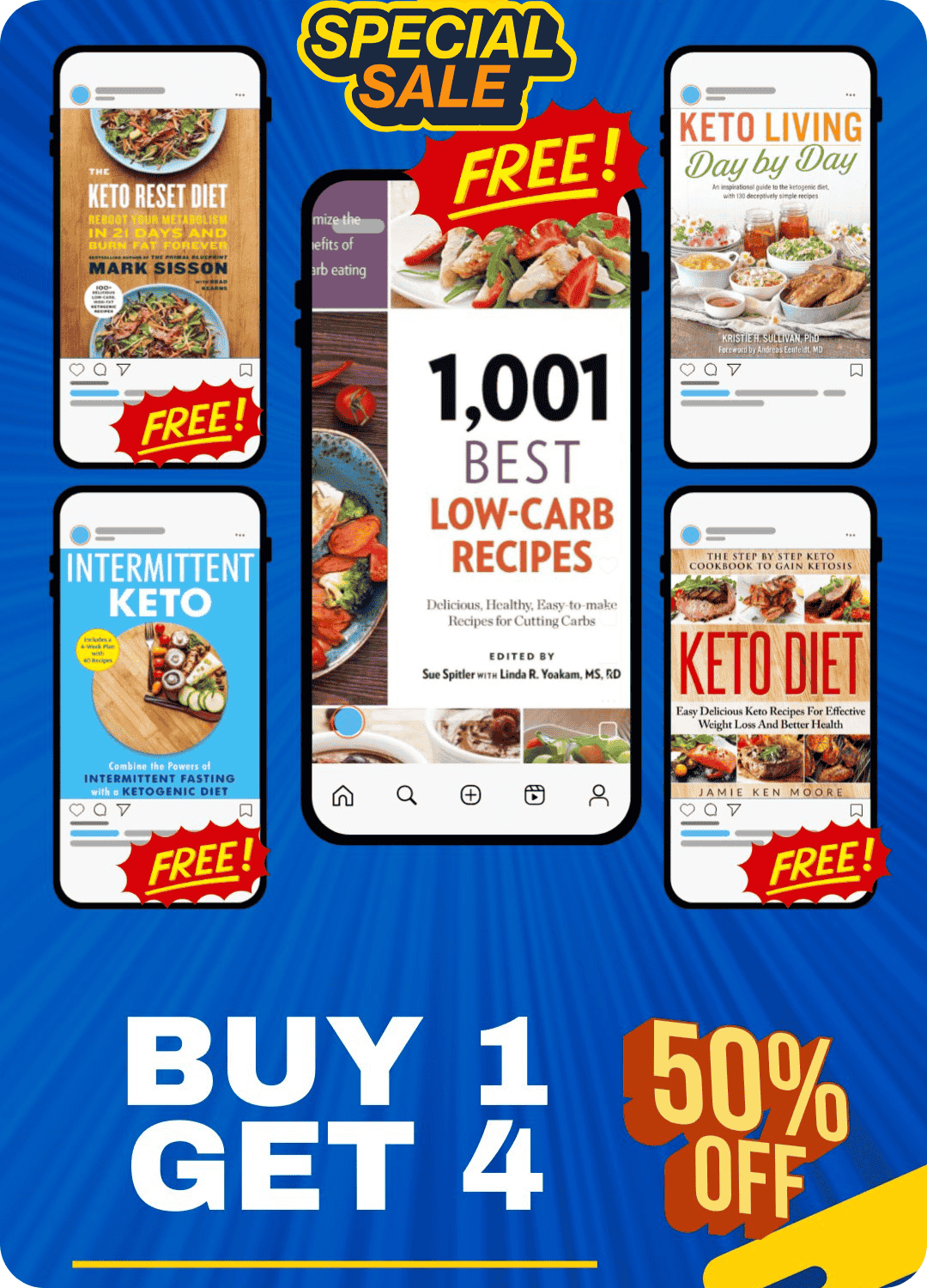
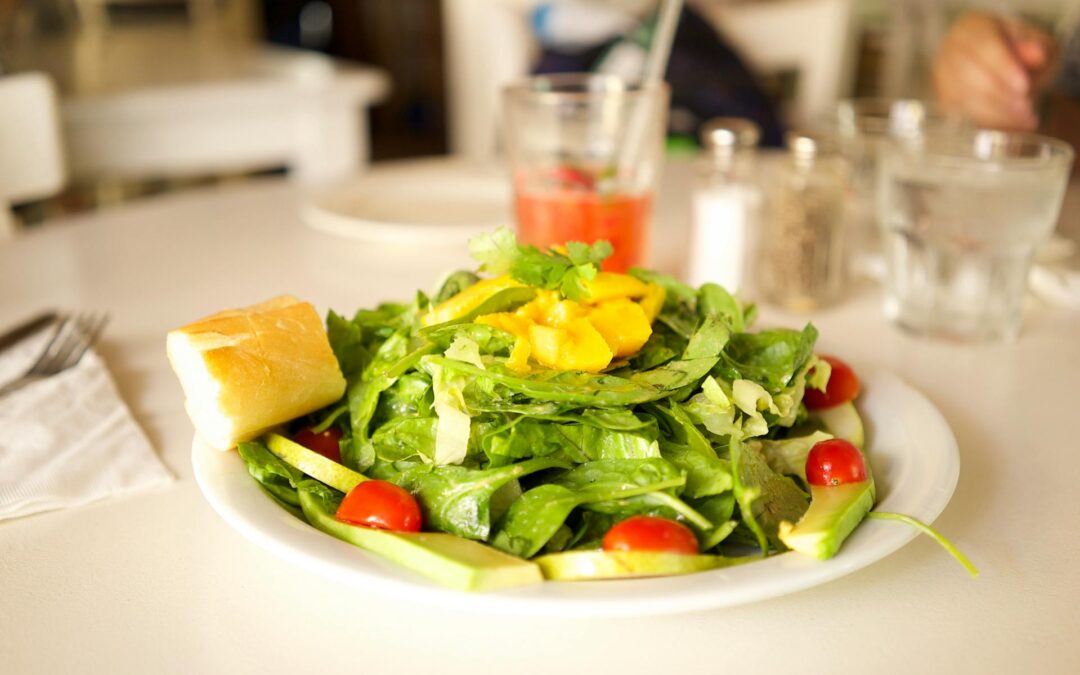
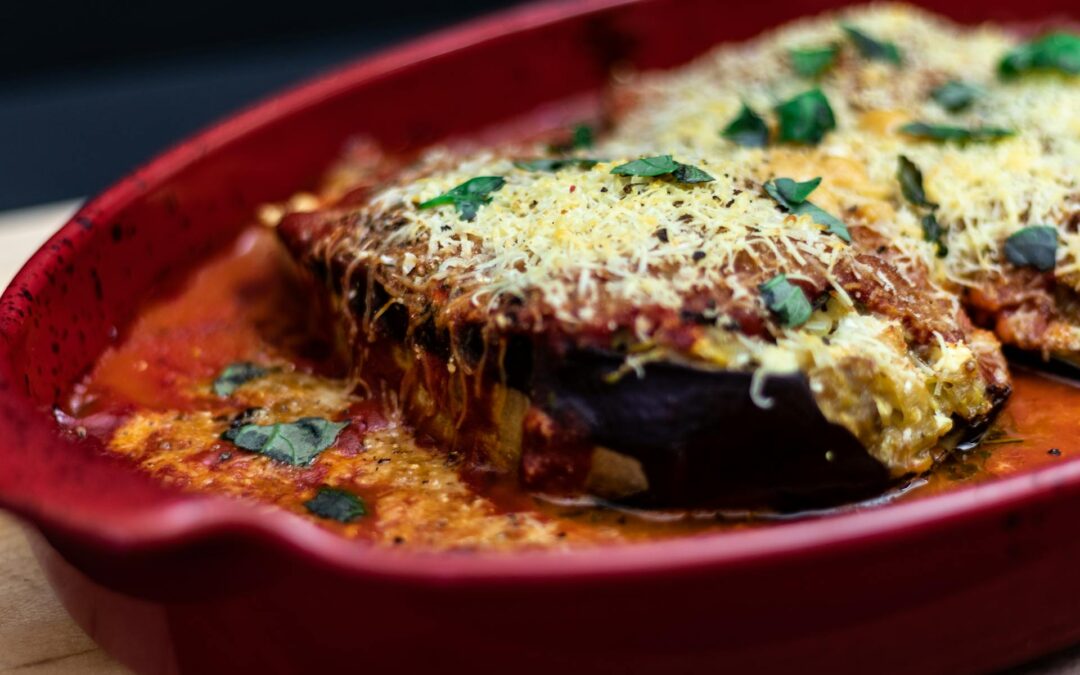
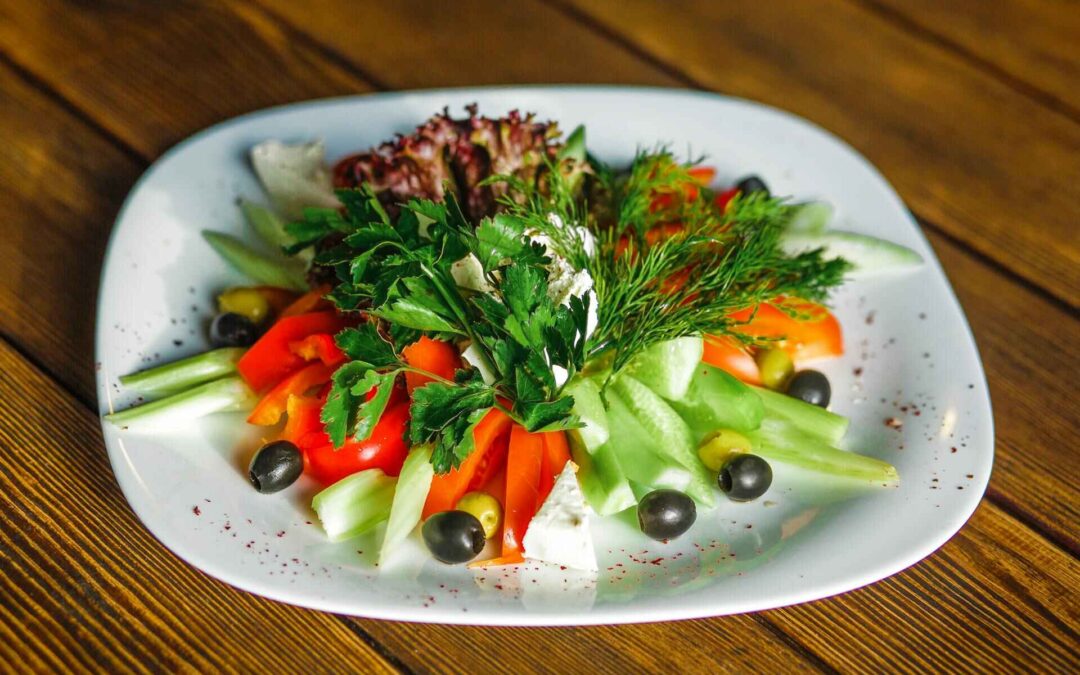
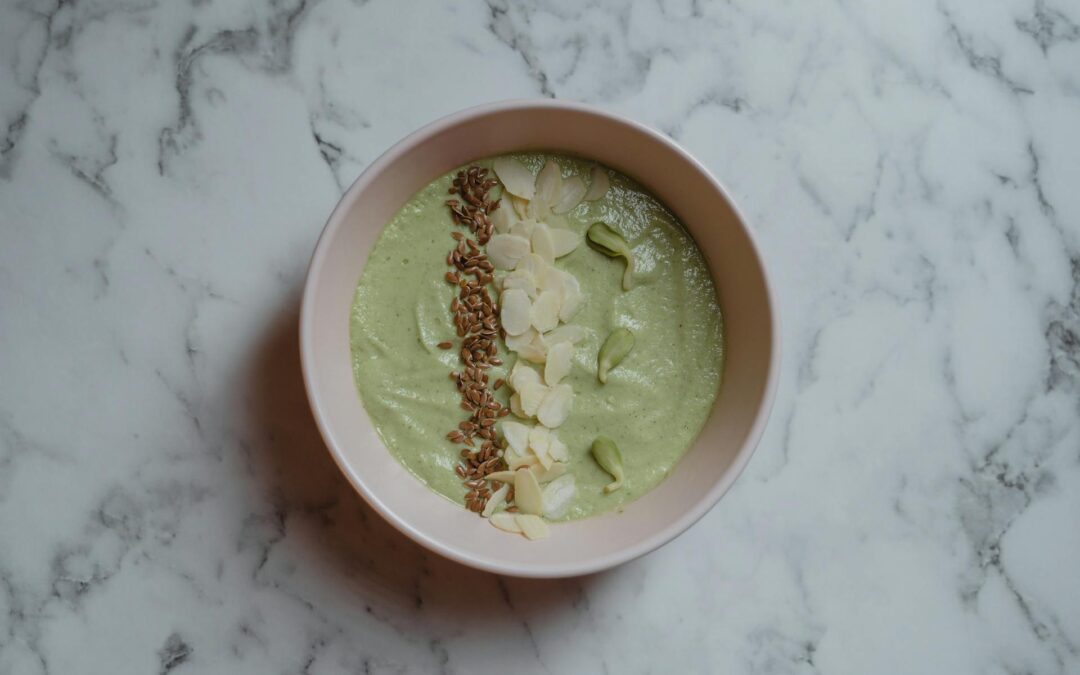
0 Comments